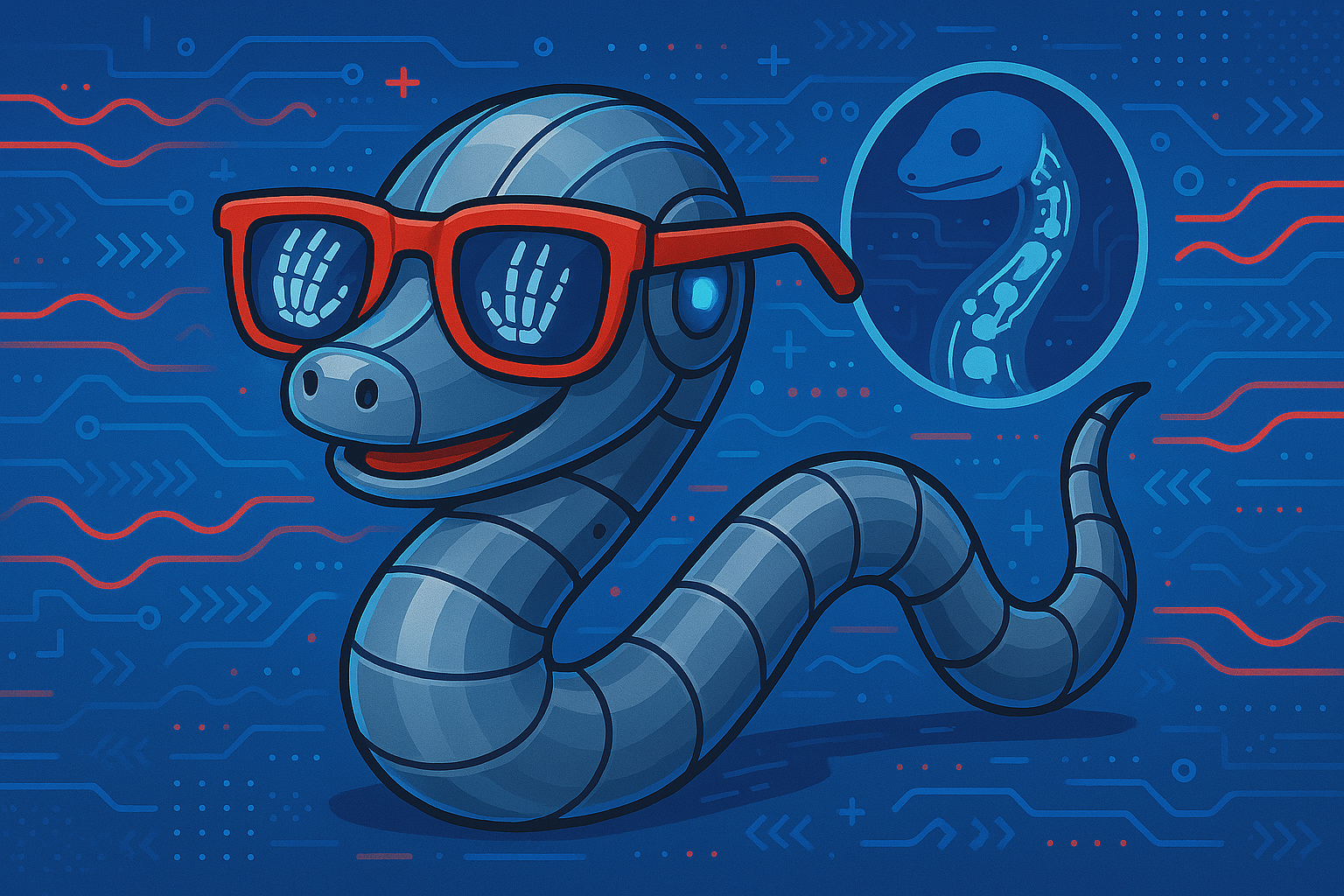
Introducing Zumbro: Slash Tech Debt with Automated Code Fixes
Say Hello to Zumbro, our GitHub app. Zumbro is the DevOps automation tool that helps your team define, apply, and enforce engineering standards, without adding overhead. If you’re looking to improve teamwork, reduce technical debt, and accelerate shipping velocity, Zumbro gives you the foundation to do it, right inside your GitHub workflow.

Teach Your AI Agent to Write Python Logs Like a Pro
Last week we made the case for why logging is the DevOps superpower that gives you X-ray vision into your systems. What if you are using AI Agents to write your Python code? Just like we train junior developers to build habits that lead to better software, we need to guide our AI Agents to log their code in smart, structured, and consistent ways.

X-Ray Vision: Logging in Python
When you implement Python logging in a systematic way, it’s like having X-ray vision into your application. You’ll see exactly what’s going on and gain the power to spot issues before they become showstoppers. Let’s dive in.

Continuous Deployment in Action
Continuous deployment is the practice of automatically releasing every validated code change into production. In this workflow, as soon as a developer pushes code to the repository, it goes through automated testing and, if it passes, it is deployed immediately. This ensures a steady stream of improvements and bug fixes, making software development more dynamic and responsive.

The Hidden Cost of Toil in DevOps
DevOps is all about efficiency, reliability, and automation. But within every DevOps team's workflow, there’s a hidden tax that drags down productivity and morale: toil. If left unchecked, toil can lead to burnout, slower innovation, and unnecessary operational costs. Reducing toil is a key focus for Caparra, and a big motivator for our work in building AI-powered tools focused on DevOps.

From Commit to Production: How to Speed Up Lead Time for Changes
If you've ever fixed a bug or built a new feature, only to watch your code sit in limbo for days or even weeks before reaching users, you’ve experienced a slow Lead Time for Changes firsthand. So let’s understand what LTC is, why it matters, and how you can improve it using DevOps techniques.